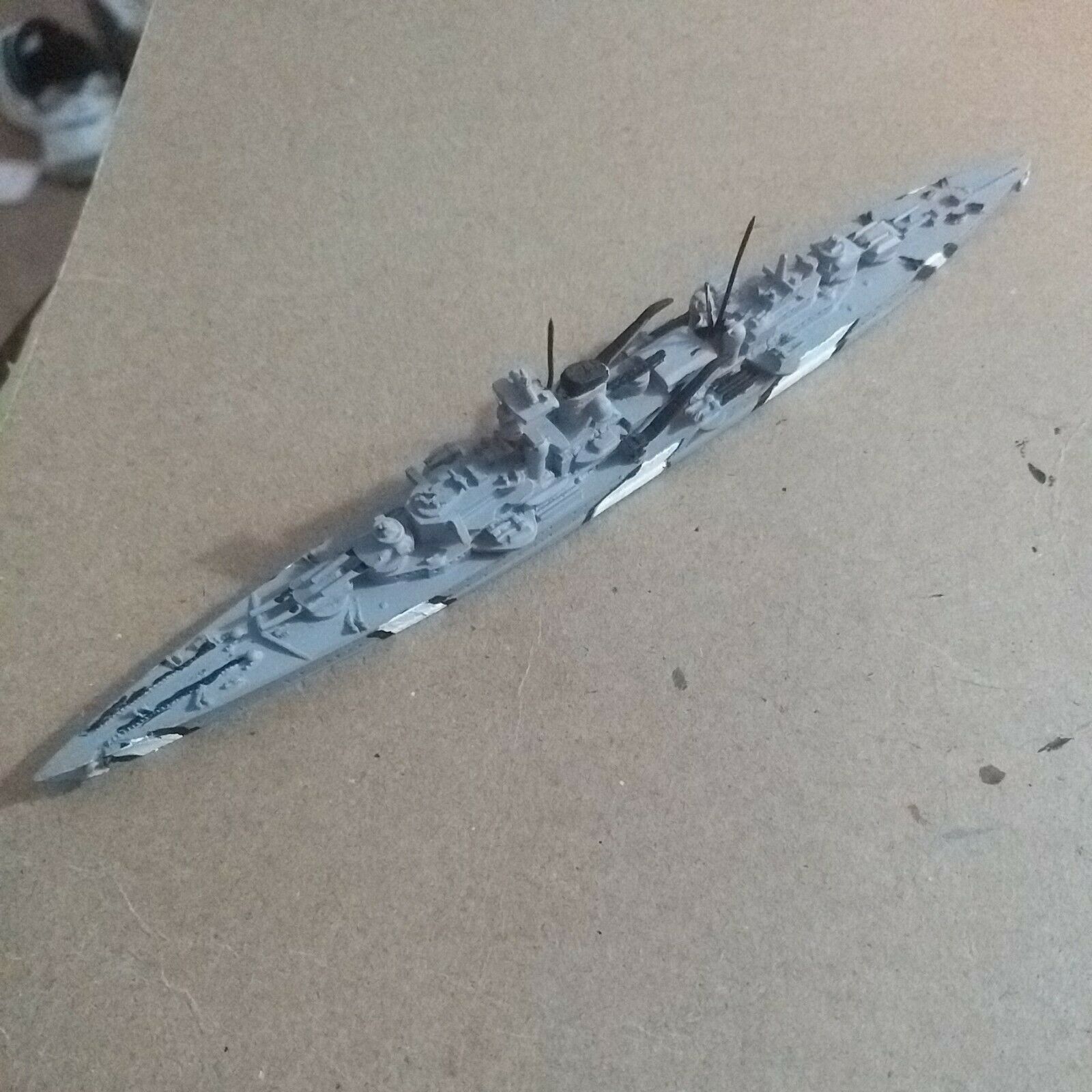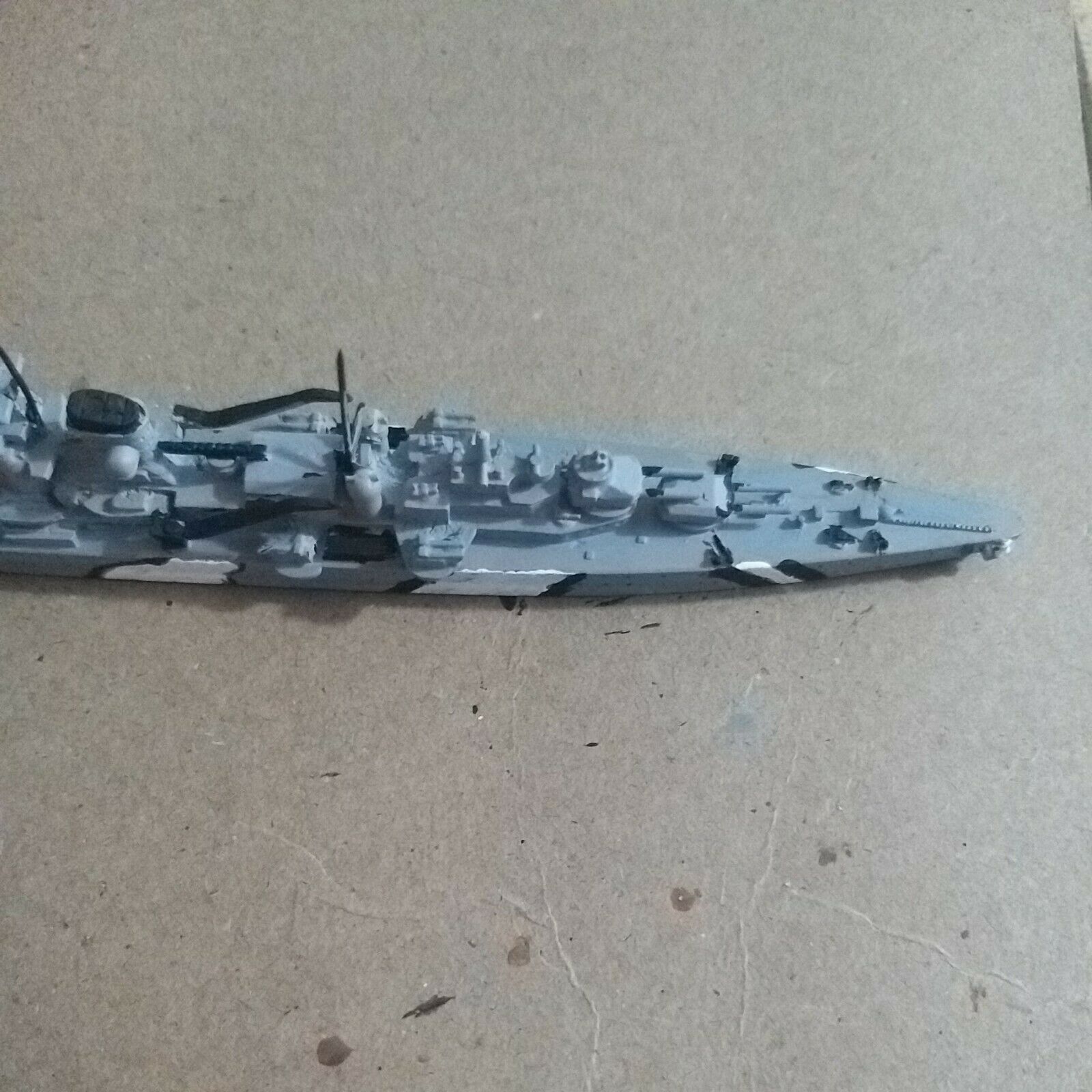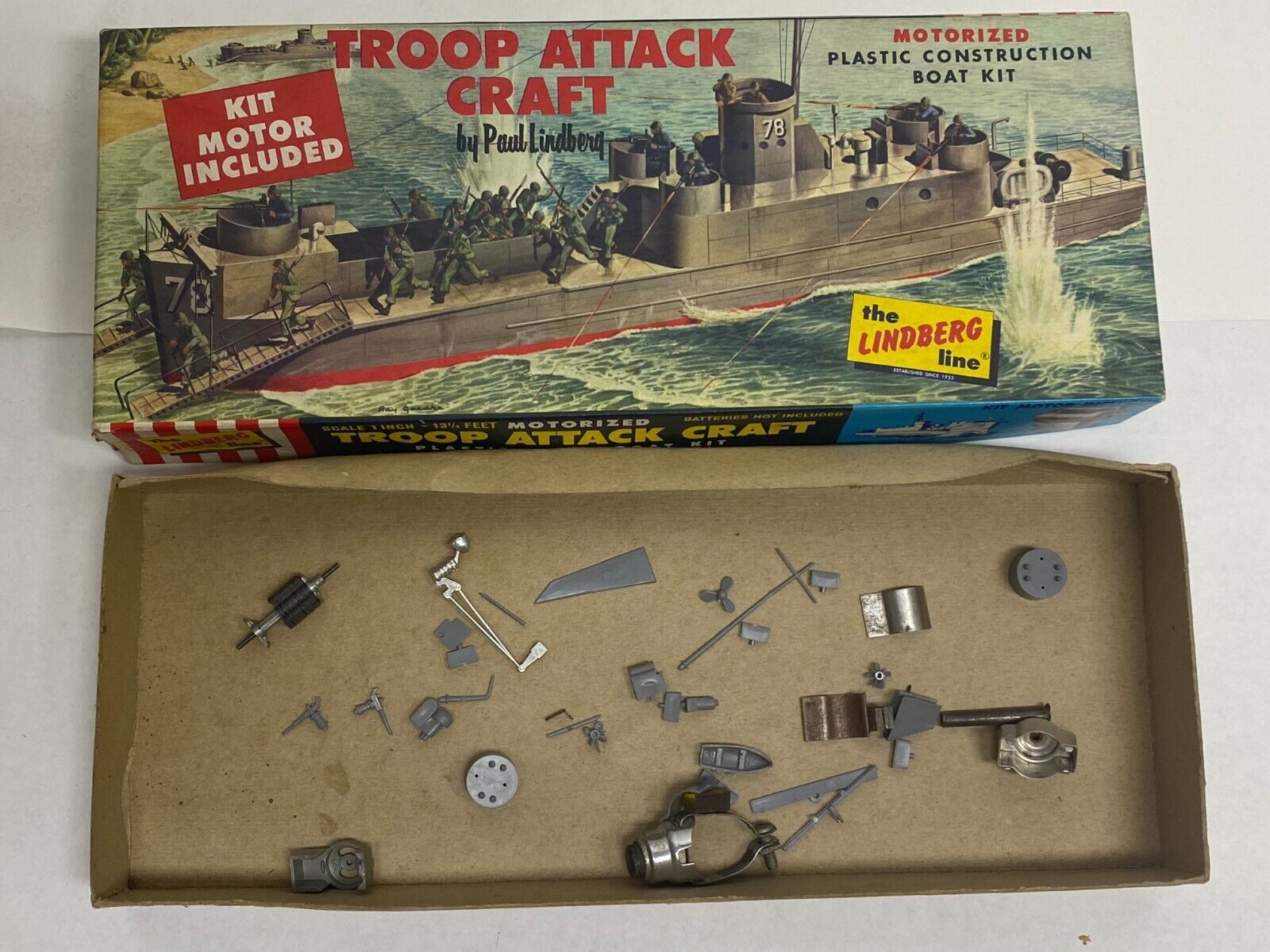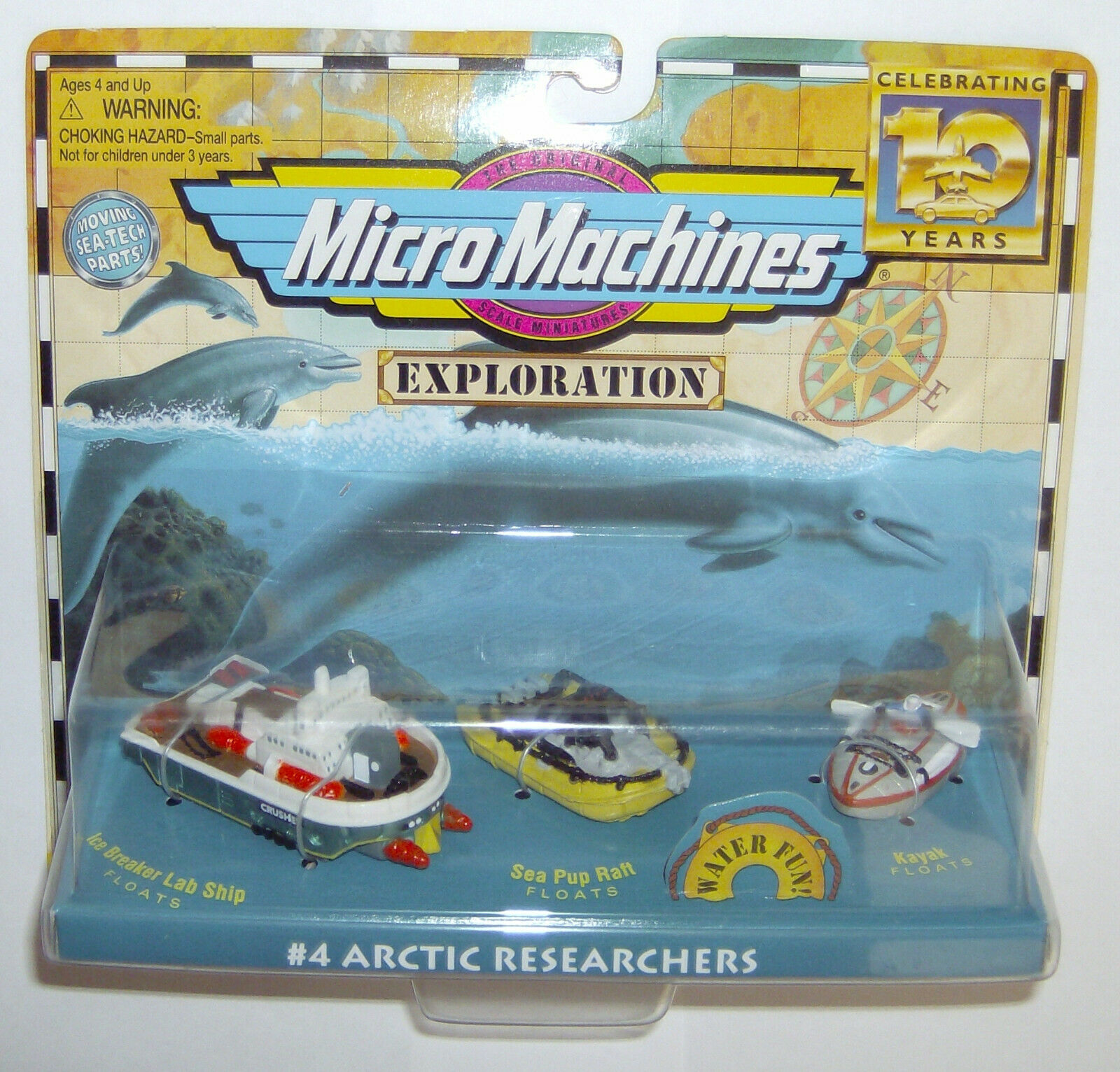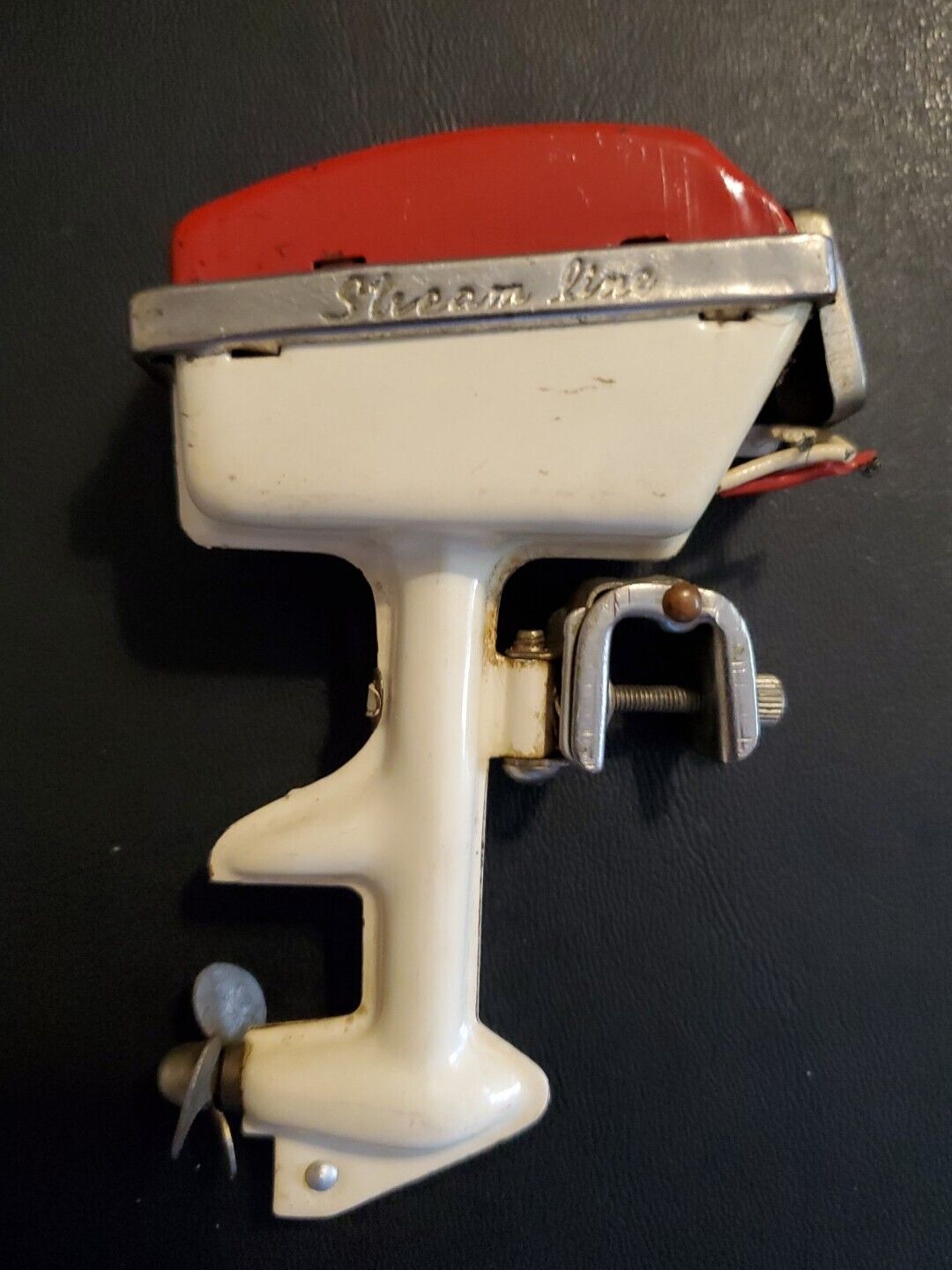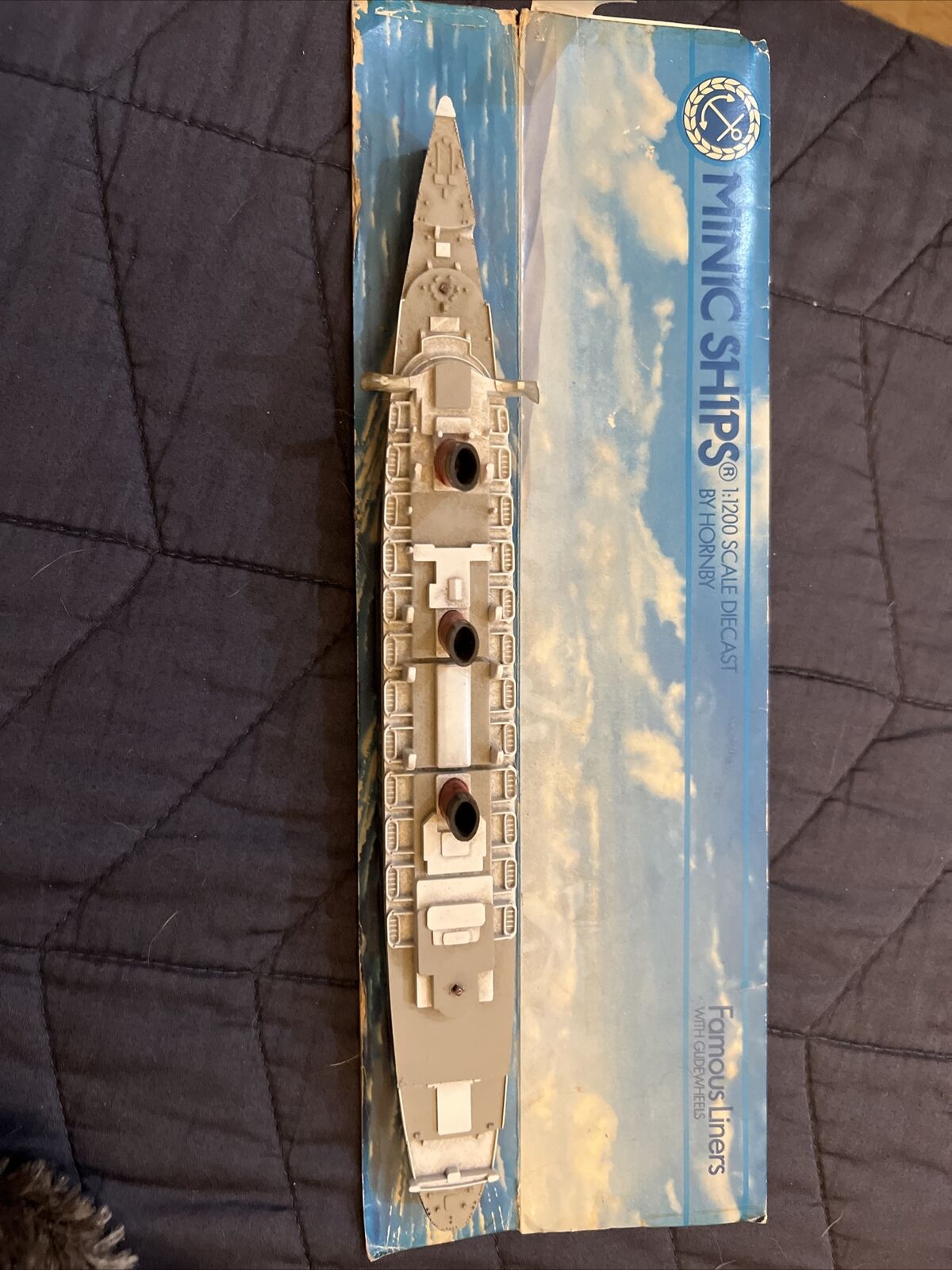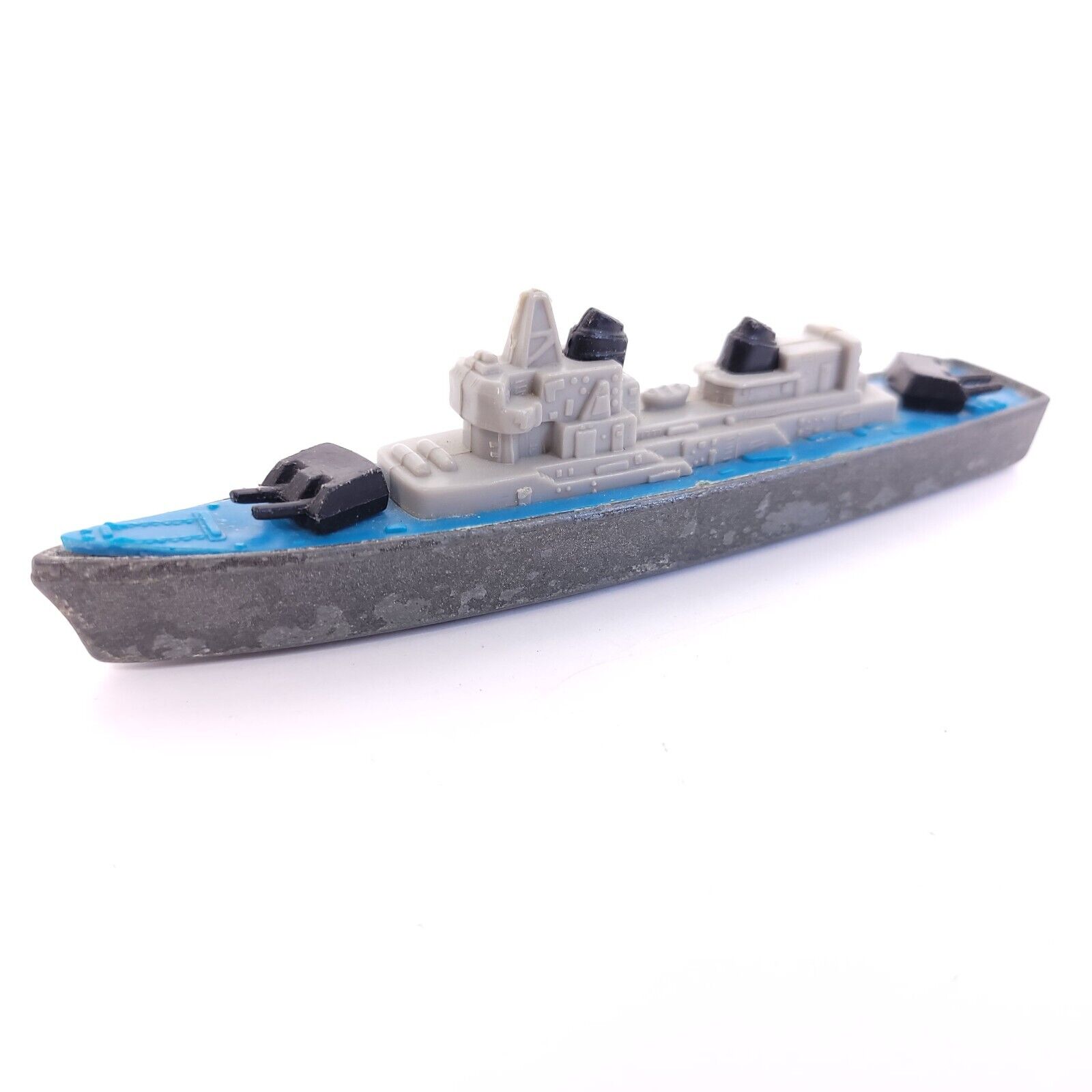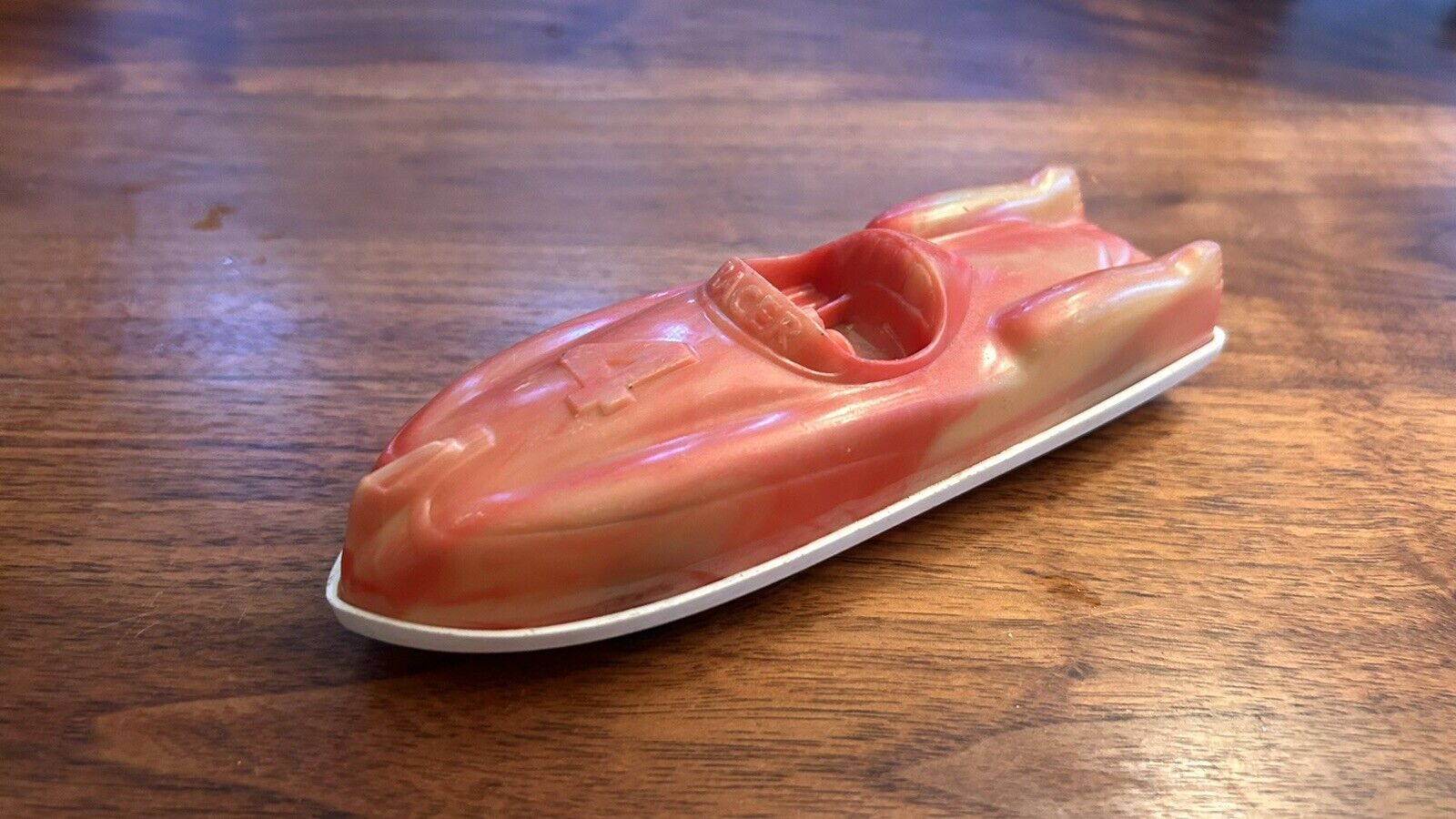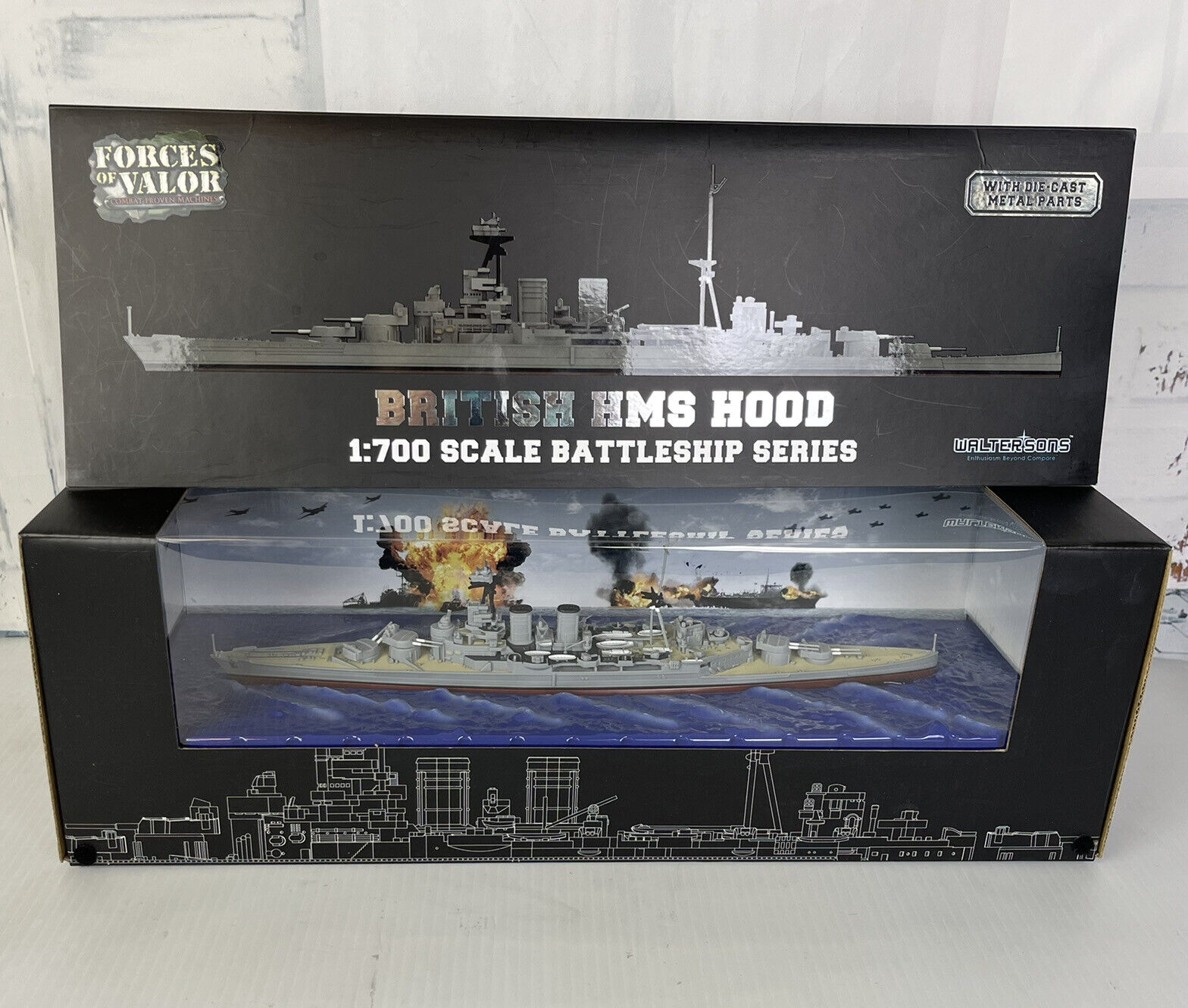-40%
Prinz Eugan German Heavy Cruiser 1/1200 scale Superior casting
$ 15.81
- Description
- Size Guide
Description
Prinz Eugen(
German pronunciation:
[ˈpʁɪnts ɔʏˈɡeːn]
) was an
Admiral Hipper-class
heavy cruiser
, the third of a class of five vessels. She served with
Nazi Germany
's
Kriegsmarine
during
World War II
. The ship was
laid down
in April 1936, launched in August 1938, and entered service after the outbreak of war, in August 1940. She was named after
Prince Eugene of Savoy
, an 18th-century
general
in the service of Austria. She was armed with a main battery of eight 20.3 cm (8 in) guns and, although nominally under the 10,000-long-ton (10,160 t) limit set by the
Anglo-German Naval Agreement
, actually
displaced
over 16,000 long tons (16,257 t).
As USS Prinz Eugen, before the atomic bomb tests at
Bikini Atoll
History
Nazi Germany
NamePrinz EugenNamesake
Prince Eugene of Savoy
Builder
Germaniawerft
Laid down23 April 1936Launched22 August 1938Commissioned1 August 1940Decommissioned7 May 1945FateSurrendered 8 May 1945, transferred to US Navy
United States
NameUSS Prinz EugenAcquired13 December 1945Commissioned5 January 1946Decommissioned29 August 1946Identification
Hull number
: IX-300FateTowed to
Kwajalein Atoll
after
Operation Crossroads
nuclear weapons tests; capsized 22 December 1946General characteristicsClass and type
Admiral Hipper-class
cruiser
Displacement
Design: 16,970 t (16,700 long tons; 18,710 short tons)
Full load: 18,750 long tons (19,050 t)
Length212.5 m (697 ft 2 in)
overall
Beam21.7 m (71 ft 2 in)DraftFull load: 7.2 m (24 ft)Propulsion
3 ×
Blohm & Voss
steam turbines
3 × three-blade propellers
135,619
shp
(101.131 MW)
Speed32
knots
(59 km/h; 37 mph)Complement
42 officers
1,340 enlisted
Armament
8 ×
20.3 cm (8 in) guns
12 ×
10.5 cm (4.1 in) SK C/33
guns
12 ×
3.7 cm (1.5 in) SK C/30
guns
8 ×
2 cm (0.79 in) C/30
guns (20 × 1)
12 × 53.3 cm (21 in)
torpedo tubes
Armor
Belt
: 70 to 80 mm (2.8 to 3.1 in)
Armor deck
: 20 to 50 mm (0.79 to 1.97 in)
Turret
faces: 105 mm (4.1 in)
Aircraft carried3
Arado Ar 196
Aviation facilities1
catapult
NotesFigures are for the ship as built
Prinz Eugen saw action during
Operation Rheinübung
, an attempted breakout into the Atlantic Ocean with the battleship
Bismarck
in May 1941. The two ships destroyed the British battlecruiser
Hood
and moderately damaged the battleship
Prince of Wales
in the
Battle of the Denmark Strait
. Prinz Eugen was detached from Bismarck during the operation to raid Allied merchant shipping, but this was cut short due to engine troubles. After putting into occupied France and undergoing repairs, the ship participated in
Operation Cerberus
, a daring daylight dash through the
English Channel
back to Germany. In February 1942, Prinz Eugen was deployed to Norway, although her time stationed there was curtailed when she was torpedoed by the British submarine
Trident
days after arriving in Norwegian waters. The torpedo severely damaged the ship's stern, which necessitated repairs in Germany.
Upon returning to active service, the ship spent several months training
officer cadets
in the Baltic before serving as artillery support for the retreating German Army on the
Eastern Front
. After the German collapse in May 1945, she was surrendered to the British
Royal Navy
before being transferred to the
US Navy
as a
war prize
. After examining the ship in the United States, the US Navy assigned the cruiser to the
Operation Crossroads
nuclear tests at
Bikini Atoll
. Having survived the atomic blasts, Prinz Eugen was towed to
Kwajalein Atoll
, where she ultimately capsized and sank in December 1946. The wreck remains partially visible above the water approximately two miles northwest of
Bucholz Army Airfield
, on the edge of
Enubuj
. One of her
screw propellers
was salvaged and is on display at the
Laboe Naval Memorial
in Germany.
Prinz Eugen was ordered by the Kriegsmarine from the
Germaniawerft
shipyard in
Kiel
.
[4]
Her
keel
was
laid down
on 23 April 1936,
[6]
under construction number 564 and the contract name Kreuzer J.
[4]
She was originally to be named after
Wilhelm von Tegetthoff
, the Austrian victor of the
Battle of Lissa
, though considerations over the possible insult to Italy, defeated by Tegetthoff at Lissa, led the Kriegsmarine to adopt
Prinz Eugen
as the ship's namesake.
[7]
She was
launched
on 22 August 1938,
[8]
in a ceremony attended by the Governor (Reichsstatthalter) of the
Ostmark
,
Arthur Seyss-Inquart
, who made the christening speech. Also present at the launch were
Adolf Hitler
, the
Regent of Hungary
, Admiral
Miklós Horthy
(who had commanded the battleship
SMS Prinz Eugen
from 24 November 1917 to 1 March 1918), and his wife
Magdolna Purgly
, who performed the christening.
[9]
As built, the ship had a straight
stem
, though after her launch this was replaced with a
clipper
bow. A raked funnel cap was also installed.
[10]
Commissioning
was delayed slightly due to light damage sustained during a
Royal Air Force
attack on Kiel on the night of 1 July 1940. Prinz Eugen suffered two relatively light hits in the attack,
[9]
but she was not seriously damaged and was commissioned into service on 1 August.
[8]
The cruiser spent the remainder of 1940 conducting
sea trials
in the
Baltic Sea
.
[6]
In early 1941, the ship's artillery crews conducted gunnery training. A short period in dry dock for final modifications and improvements followed.
[11]
In April, the ship joined the newly commissioned battleship
Bismarck
for maneuvers in the Baltic. The two ships had been selected for
Operation Rheinübung
, a breakout into the Atlantic to raid Allied commerce.
[12]
On 23 April, while passing through the
Fehmarn Belt
en route to Kiel,
[13]
Prinz Eugen detonated a magnetic mine dropped by British aircraft. The mine damaged the fuel tank, propeller shaft couplings,
[12]
and fire control equipment.
[13]
The planned sortie with Bismarck was delayed while repairs were carried out.
[12]
Admirals
Erich Raeder
and
Günther Lütjens
discussed the possibility of delaying the operation further, in the hopes that repairs to the battleship
Scharnhorst
would be completed or Bismarck's sistership
Tirpitz
would complete trials in time for the ships to join Prinz Eugen and Bismarck. Raeder and Lütjens decided that it would be most beneficial to resume surface actions in the Atlantic as soon as possible, however, and that the two ships should sortie without reinforcement.
[14]
Operation Rheinübung
Edit
Main article:
Operation Rheinübung
By 11 May 1941, repairs to Prinz Eugen had been completed. Under the command of
Kapitän zur See
(KzS—Captain at Sea)
Helmuth Brinkmann
, the ship steamed to
Gotenhafen
, where the crew readied her for her Atlantic sortie. On 18 May, Prinz Eugen rendezvoused with Bismarck off
Cape Arkona
.
[12]
The two ships were escorted by three destroyers—
Hans Lody
,
Z16 Friedrich Eckoldt
, and
Z23
—and a flotilla of minesweepers.
[15]
The
Luftwaffe
provided air cover during the voyage out of German waters.
[16]
At around 13:00 on 20 May, the German flotilla encountered the Swedish cruiser
HSwMS Gotland
; the cruiser shadowed the Germans for two hours in the
Kattegat
.
[17]
Gotland transmitted a report to naval headquarters, stating: "Two large ships, three destroyers, five escort vessels, and 10–12 aircraft passed
Marstrand
, course 205°/20'."
[16]
The Oberkommando der Marine (OKM—Naval High Command) was not concerned about the security risk posed by Gotland, though Lütjens believed operational security had been lost.
[17]
The report eventually made its way to Captain Henry Denham, the British naval attaché to Sweden, who transmitted the information to the
Admiralty
.
[18]
The
code-breakers
at
Bletchley Park
confirmed that an Atlantic raid was imminent, as they had decrypted reports that Bismarck and Prinz Eugen had taken on prize crews and requested additional navigational charts from headquarters. A pair of
Supermarine Spitfires
were ordered to search the Norwegian coast for the German flotilla.
[19]
On the evening of 20 May, Prinz Eugen and the rest of the flotilla reached the Norwegian coast; the minesweepers were detached and the two raiders and their destroyer escorts continued north. The following morning, radio-intercept officers on board Prinz Eugen picked up a signal ordering British reconnaissance aircraft to search for two battleships and three destroyers northbound off the Norwegian coast.
[20]
At 7:00 on the 21st, the Germans spotted four unidentified aircraft that quickly departed. Shortly after 12:00, the flotilla reached
Bergen
and anchored at
Grimstadfjord
. While there, the ships' crews painted over the Baltic camouflage with the standard "outboard gray" worn by German warships operating in the Atlantic.
[21]
Course of Prinz Eugen and Bismarck and the ships that pursued them
While in Bergen, Prinz Eugen took on 764 t (752 long tons; 842 short tons) of fuel; Bismarck inexplicably failed to similarly refuel.
[22]
At 19:30 on 21 May, Prinz Eugen, Bismarck, and the three escorting destroyers left port.
[23]
By midnight, the force was in the open sea and headed toward the Arctic Ocean. At this time, Admiral Raeder finally informed Hitler of the operation, who reluctantly allowed it to continue as planned. The three escorting destroyers were detached at 04:14 on 22 May, while the force steamed off
Trondheim
. At around 12:00, Lütjens ordered his two ships to turn toward the
Denmark Strait
to attempt the breakout into the open waters of the Atlantic.
[24]
By 04:00 on 23 May, Lütjens ordered Prinz Eugen and Bismarck to increase speed to 27 knots (50 km/h; 31 mph) to make the dash through the Denmark Strait.
[25]
Upon entering the Strait, both ships activated their FuMO radar detection equipment sets.
[26]
Bismarck led Prinz Eugen by about 700 m (2,300 ft); mist reduced visibility to 3,000 to 4,000 m (9,800 to 13,100 ft). The Germans encountered some ice at around 10:00, which necessitated a reduction in speed to 24 knots (44 km/h; 28 mph). Two hours later, the pair had reached a point north of Iceland. The ships were forced to zigzag to avoid ice floes. At 19:22,
hydrophone
and radar operators aboard the German warships detected the cruiser
HMS Suffolk
at a range of approximately 12,500 m (41,000 ft).
[25]
Prinz Eugen's radio-intercept team decrypted the radio signals being sent by Suffolk and learned that their location had indeed been reported.
[27]
Admiral Lütjens gave permission for Prinz Eugen to engage Suffolk, though the captain of the German cruiser could not clearly make out his target and so held fire.
[28]
Suffolk quickly retreated to a safe distance and shadowed the German ships. At 20:30, the heavy cruiser
HMS Norfolk
joined Suffolk, but approached the German raiders too closely. Lütjens ordered his ships to engage the British cruiser; Bismarck fired five salvoes, three of which straddled Norfolk and rained shell splinters on her decks. The cruiser laid a smoke screen and fled into a fog bank, ending the brief engagement. The concussion from the 38 cm guns disabled Bismarck's FuMo 23 radar set; this prompted Lütjens to order Prinz Eugen to take station ahead so she could use her functioning radar to scout for the formation. The British cruisers tracked Prinz Eugen and Bismarck through the night, continually relaying the location and bearing of the German ships.
[29]
Battle of the Denmark Strait
Edit
Painting of
Bismarck
(center) and Prinz Eugen (right background) engaging the British at the
Battle of the Denmark Strait
Main article:
Battle of the Denmark Strait
The harsh weather broke on the morning of 24 May, revealing a clear sky. At 05:07 that morning, hydrophone operators aboard Prinz Eugen detected a pair of unidentified vessels approaching the German formation at a range of 20 nmi (37 km; 23 mi), reporting "Noise of two fast-moving turbine ships at 280° relative bearing!".
[30]
At 05:45, lookouts on the German ships spotted smoke on the horizon; these turned out to be from
Hood
and
Prince of Wales
, under the command of
Vice Admiral
Lancelot Holland
. Lütjens ordered his ships' crews to battle stations. By 05:52, the range had fallen to 26,000 m (85,000 ft) and Hood opened fire, followed by Prince of Wales a minute later.
[31]
Hood engaged Prinz Eugen, which the British thought to be Bismarck, while Prince of Wales fired on Bismarck.
[b]
The British ships approached the Germans head on, which permitted them to use only their forward guns, while Bismarck and Prinz Eugen could fire full
broadsides
. Several minutes after opening fire, Holland ordered a 20° turn to port, which would allow his ships to engage with their rear gun turrets. Both German ships concentrated their fire on Hood. About a minute after opening fire, Prinz Eugen scored a hit with a high-explosive 20.3 cm shell, detonating
unrotated projectile
ammunition and starting a large fire on Hood, which was quickly extinguished.
[32]
Holland then ordered a second 20° turn to port, to bring his ships on a parallel course with Bismarck and Prinz Eugen. By this time, Bismarck had found the range to Hood, so Lütjens ordered Prinz Eugen to shift fire and target Prince of Wales to keep both of his opponents under fire. Within a few minutes, Prinz Eugen scored a pair of hits on the battleship and reported that a small fire had been started.
[33]
Lütjens then ordered Prinz Eugen to drop behind Bismarck, so she could continue to monitor the location of Norfolk and Suffolk, which were still some 10 to 12 nmi (19 to 22 km; 12 to 14 mi) to the east. At 06:00, Hood was completing her second turn to port when Bismarck's fifth salvo hit. Two of the shells landed short, striking the water close to the ship, but at least one of the 38 cm
armor-piercing
shells struck Hood and penetrated her thin upper belt armor. The shell reached Hood's rear
ammunition magazine
and detonated 112 t (110 long tons; 123 short tons) of
cordite
propellant.
[34]
The massive explosion broke the back of the ship between the main mast and the rear funnel; the forward section continued to move forward briefly before the in-rushing water caused the bow to rise into the air at a steep angle. The stern similarly rose upward as water rushed into the ripped-open compartments.
[35]
After only eight minutes of firing, Hood had disappeared, taking all but three of her crew of 1,419 men with her.
[36]
After a few more minutes, during which Prince of Wales scored three hits on Bismarck, the damaged British battleship withdrew. The Germans ceased fire as the range widened, though Captain
Ernst Lindemann
, Bismarck's commander, strongly advocated chasing Prince of Wales and destroying her.
[37]
Lütjens firmly rejected the request, and instead ordered Bismarck and Prinz Eugen to head for the open waters of the North Atlantic.
[38]
After the end of the engagement, Lütjens reported that a "Battlecruiser, probably Hood, sunk. Another battleship, King George V or Renown, turned away damaged. Two heavy cruisers maintain contact."
[39]
At 08:01, he transmitted a damage report and his intentions to OKM, which were to detach Prinz Eugen for commerce raiding and to make for
St. Nazaire
for repairs.
[40]
Shortly after 10:00, Lütjens ordered Prinz Eugen to fall behind Bismarck to discern the severity of the oil leakage from the bow hit. After confirming "broad streams of oil on both sides of [Bismarck's] wake",
[41]
Prinz Eugen returned to the forward position.
[41]
Separation and return to France
Edit
With the weather worsening, Lütjens attempted to detach Prinz Eugen at 16:40. The squall was not heavy enough to cover her withdrawal from
Wake-Walker
's cruisers, which continued to maintain radar contact. Prinz Eugen was therefore recalled temporarily.
[42]
The cruiser was successfully detached at 18:14. Bismarck turned around to face Wake-Walker's formation, forcing Suffolk to turn away at high speed. Prince of Wales fired twelve salvos at Bismarck, which responded with nine salvos, none of which hit. The action diverted British attention and permitted Prinz Eugen to slip away.
[


